News Center
Shandong Zhensure New Materials Technology Industry Co., Ltd.
For importers, distributors, and wholesalers seeking reliable and innovative building materials, understanding the core features of Wood-Plastic Composite (WPC) is essential. Frequently asked questions about WPC material often revolve around its durability, applications, and cost-effectiveness. As a leading Chinese manufacturer, Zhensure New Technology is dedicated to providing clarity and premium products for the global market. This guide aims to address the most common inquiries we receive from our international partners.
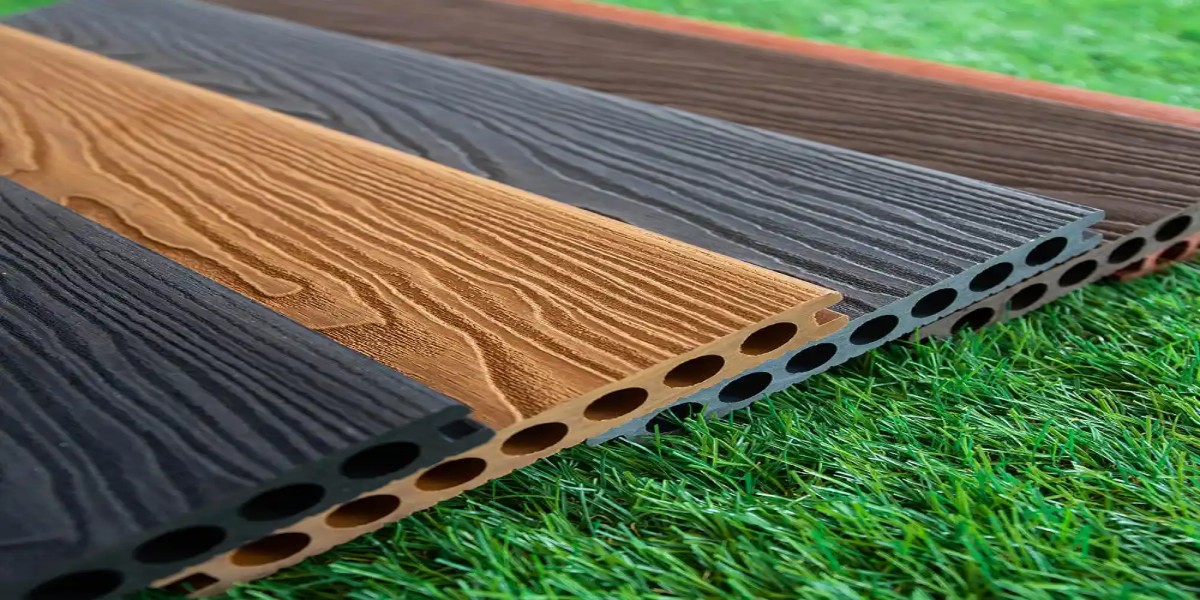
Q: How is WPC different from traditional timber?
A: WPC effectively eliminates the natural drawbacks of pure wood. It boasts new functionalities like waterproofing, flame retardancy, high mechanical strength, superior resistance to corrosion and stains, and anti-acid/alkali properties. It does not crack or warp, requires minimal maintenance, is easy to clean, and is recyclable. It offers excellent bending strength and a smooth, pre-finished surface that requires no painting. Particularly for applications in humid or outright wet environments, WPC outperforms traditional wood products. Importantly, it retains the natural aesthetic of wood, as a significant portion of its composition is wood-based fibers.
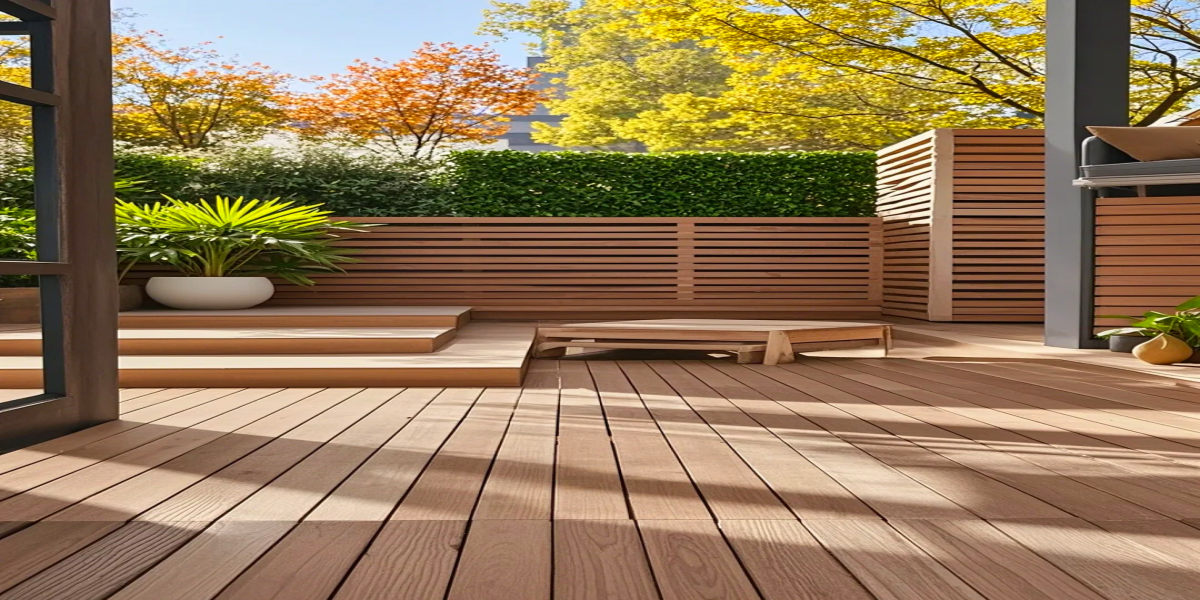
Q: Can WPC truly be used in water-intensive environments?
A: Absolutely. The performance of our WPC decking in such conditions is exceptional due to its extremely low water absorption rate of approximately 1.7%, which is comparable to ceramic tiles. Its inherent moisture content is also minimal. The manufacturing process itself involves water immersion, ensuring the final product is stabilized and will not deform, swell, or warp like traditional wood when exposed to moisture, giving end-users complete confidence.
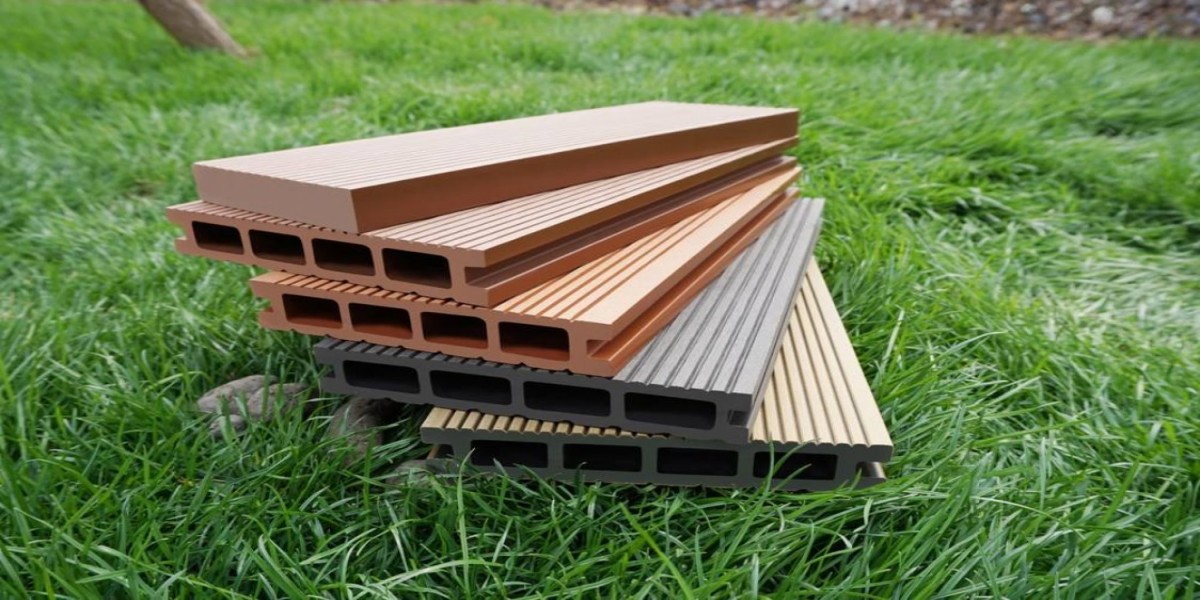
Q: Is WPC suitable for outdoor applications?
A: Yes, definitively. WPC is extensively used in outdoor projects globally, thanks to its powerful weatherability, anti-aging performance, stain resistance, and color fastness. These properties allow it to withstand harsh sunlight and rain, changing perceptions about the use of wood-like materials outdoors. Accelerated aging tests (involving cycles of UV exposure and condensation) show no significant degradation after 1200 hours, indicating a potential lifespan exceeding 30 years. Its color fastness ranks highly on standardized scales, ensuring long-term aesthetic appeal.
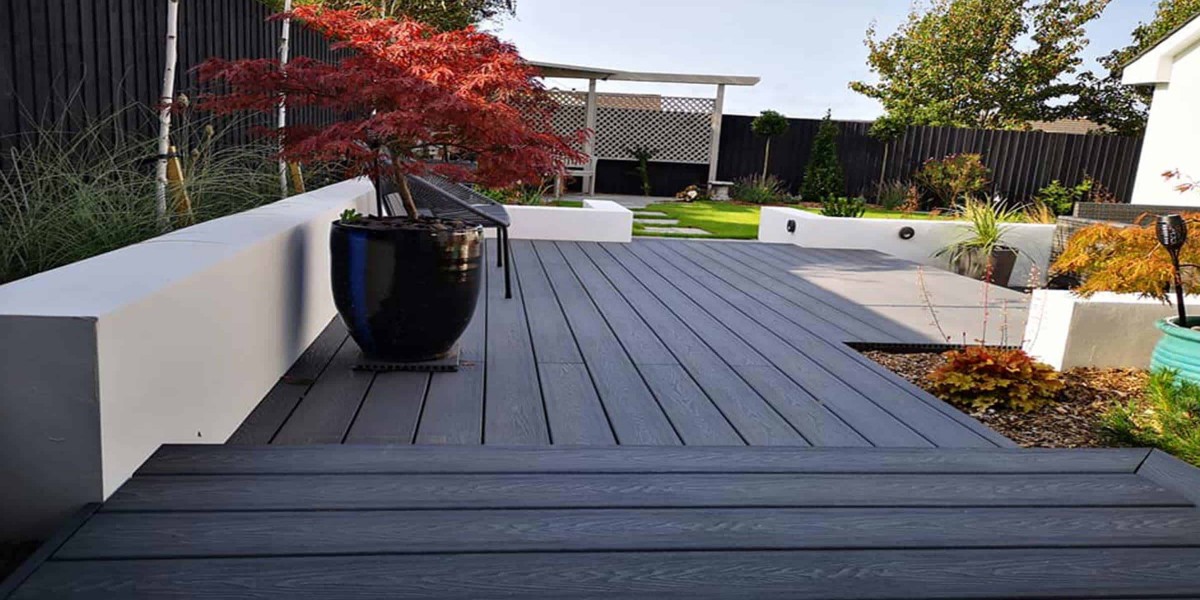
Q: Is WPC material expensive?
A: With advancements in manufacturing at facilities like ours at Zhensure New Technology, costs have become highly competitive. While the initial price point may be slightly higher than that of standard timber, it is significantly more affordable than premium hardwoods. More importantly, the total cost of ownership is lower. WPC requires no additional processing, painting, or extensive maintenance. Its quick installation saves on labor costs, and its longevity means it won't need replacing for years, offering superior long-term value for your projects.
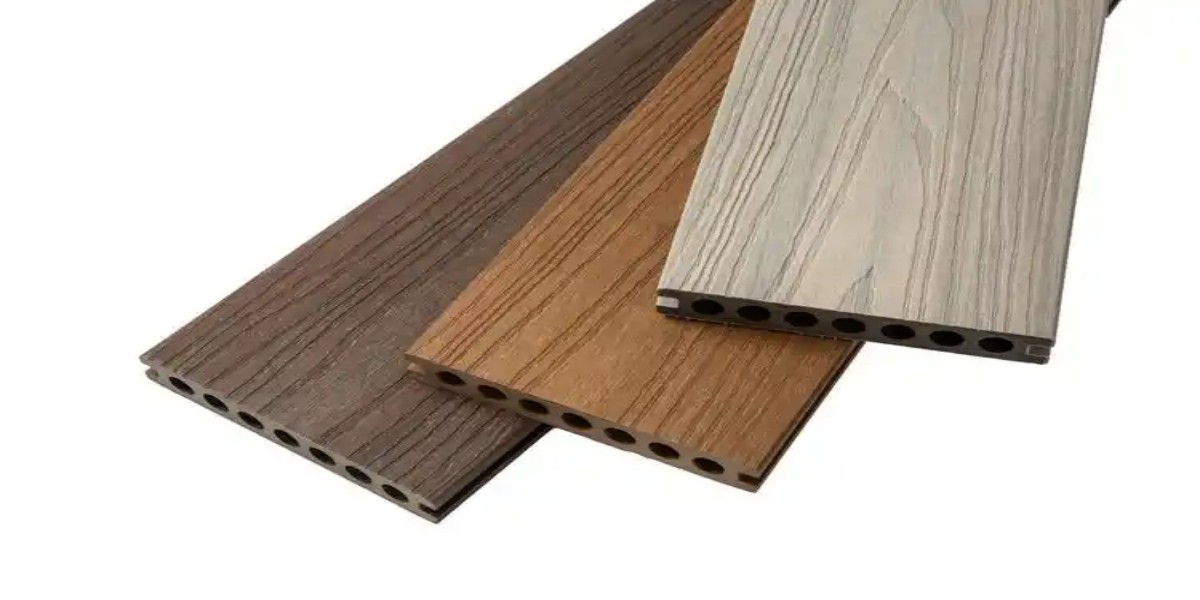
Q: Can WPC be painted, and is the process the same as for wood?
A: It can be painted, though it is often unnecessary due to the wide array of integral colors available. We generally do not recommend it, as it counteracts the low-maintenance, eco-friendly advantage of the material. Furthermore, many paints contain volatile organic compounds (VOCs), while WPC itself is a green solution with no harmful emissions. If painting is required, the method involves light sanding, cleaning with a diluted detergent solution, applying a primer with a spray gun for even coverage, and then applying the topcoat—a process similar to painting wood but with an added cleaning step.

We hope this overview has successfully answered the most frequently asked questions about WPC material. As a trusted exporter, Zhensure New Technology is committed to supplying high-performance, sustainable building solutions that meet the rigorous demands of the international market. We invite potential importers and distributors to explore our detailed product catalog to discover how our WPC products can enhance your portfolio and meet your customers' needs.
Installing WPC decking is renowned for its simplicity compared to traditional materials like ceramic tiles, offering significant time and cost savings.
Discovering that the edges of your artificial grass are lifting or peeling up can be a frustrating sight for any property owner or field manager.
When selecting WPC (Wood Plastic Composite) decking for a project, buyers are often faced with a fundamental choice right from the start
When selecting high-quality Artificial Grass, buyers often focus on the manufacturer’s reputation, product durability, and cost.
Artificial grass has become a premier choice for a multitude of applications, from expansive sports fields and football pitches to residential lawns and commercial landscaping.